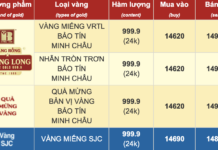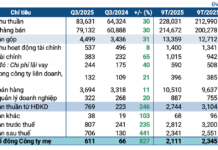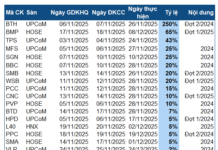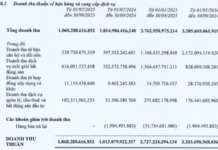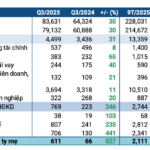Market-based land price tables are essential
According to the Land Law 2024, which comes into effect on August 1, 2024, local authorities are permitted to apply the old land price tables until December 31, 2025, and the new ones from December 1, 2026. The new tables will not be constrained by the land price framework and must be constructed to approach market prices.
Ho Chi Minh City is the first locality to solicit opinions on the draft adjusted land price table. The prices in this table are much higher than the old one, with prices in Thu Duc City increasing by 10-15 times, and those in Nha Be, Binh Chanh, Can Gio, and Cu Chi districts increasing by 10-20 times. Notably, many roads in Hoc Mon district are expected to see land prices rise by 15-30 times.

Do Thi Thu Giang, Director of Savills Consulting Services in Ho Chi Minh City.
According to Ms. Giang, for many years, Ho Chi Minh City’s land price tables have lagged and have been significantly lower than actual market values. This prolonged price gap has created a “two-price” system, leading to several serious consequences.
Firstly, this issue complicates land management for the state. For instance, the difference between the declared price on notarized contracts and actual transaction prices is often used to reduce land transfer taxes. In another case, the annual land rent payments based on land price tables lower than market prices have led to state budget losses.
Secondly, real estate project development also encounters difficulties, especially during the land retrieval and clearance phase. Compensation based on land price tables that do not reflect market prices has caused delays, dissatisfaction, and financial losses for affected people, leading to prolonged land disputes and complaints.
Due to these lingering issues, Ms. Giang believes that applying land price tables based on market principles is inevitable and necessary. This progressive change will overcome previous limitations, ensuring transparency and fairness in the system. Especially, land price tables that approach market prices will facilitate compensation and site clearance, mainly in critical infrastructure development projects, by promoting consensus from the people regarding support and compensation levels.
Commenting on the proposed land prices, Savills experts said that there is still a significant gap between the proposed land prices and actual transaction prices. For example, on Cao Thang Street, District 3, the market transaction price is about VND 525 million/sqm, while the proposed land price is only VND 330 million/sqm. On Tan Thang Street, Tan Phu District, the transaction price is about VND 150 million/sqm, while the proposed price is VND 90 million/sqm.
Overall, the proposed new land price table only reaches about 60%, and some other areas reach 70%, compared to market prices, indicating a significant gap.
Who will be affected by the new land price table?
Ms. Do Thi Thu Giang analyzed that, according to Article 159 of the 2024 Land Law, the Land Price Table is used for 11 cases. In addition, Articles 109 and 111 of the 2024 Land Law stipulate the use of land prices according to the Land Price Table for support and resettlement arrangement when land is revoked.
Thus, the proposed Ho Chi Minh City Land Price Table will directly and beneficially impact one group and adversely affect another.
The beneficiary group includes those who receive support from the state when their land is revoked and resettled (according to Articles 109 and 111 of the 2024 Land Law).
The affected group comprises households and individuals recognized and converted for land use purposes. According to the previous 2014 Land Law, financial obligations were estimated differently for land within and outside the limit: for land within the limit, the price according to the land price table was applied, and for land outside the limit, the specific land price was applied.
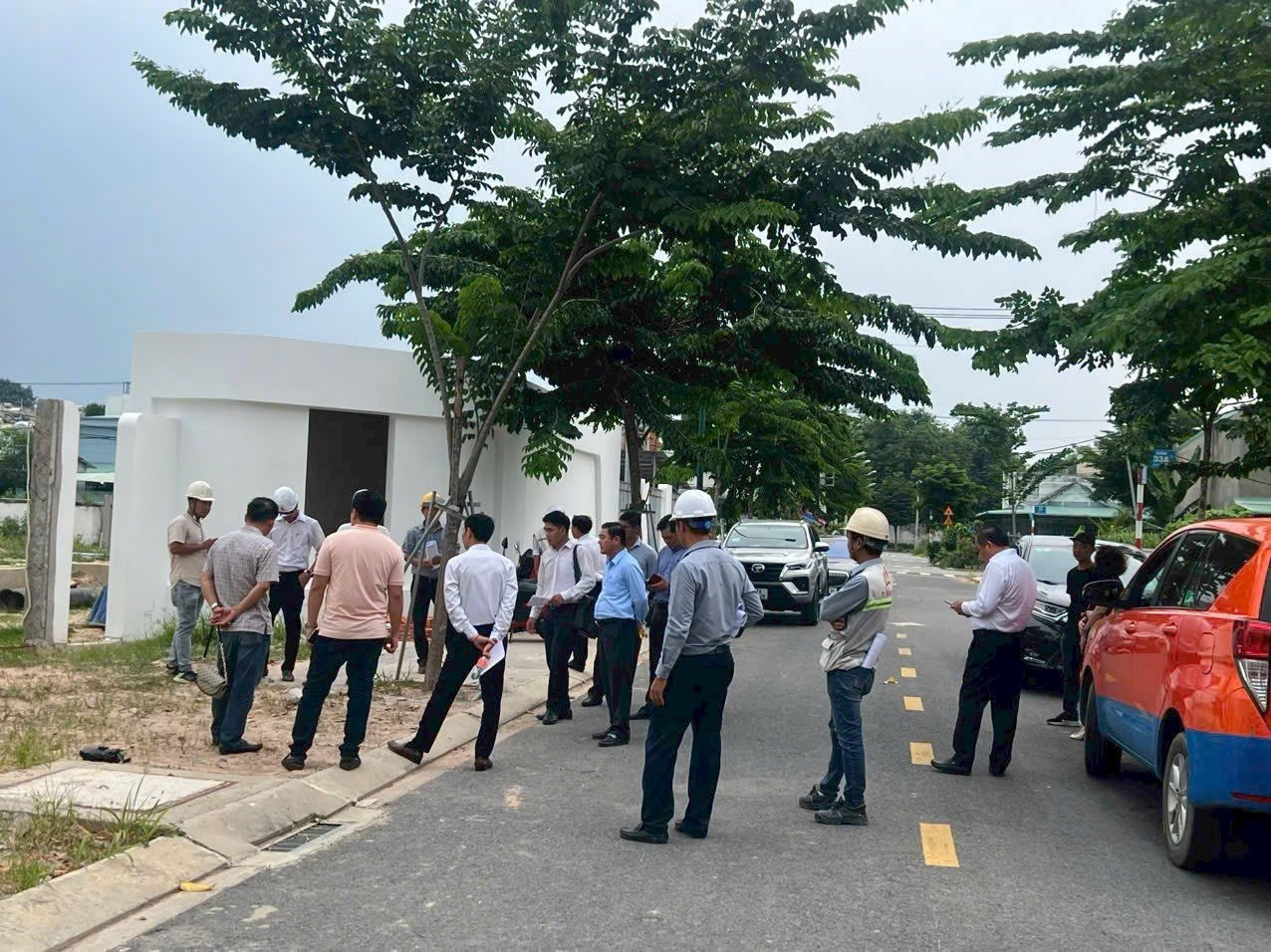
However, the current 2024 Land Law does not make this distinction, and the entire area will be subject to the price according to the land price table. Thus, with the proposed land price table’s much higher prices, financial obligations on the area within the limit will increase. The proposed table’s significantly higher prices will also increase financial obligations on this area.
Careful study is needed before application
Ho Chi Minh City’s proposed land price table, expected to take effect on August 1, 2024, has been postponed for further consideration. Ms. Giang believes that this delay is reasonable, as the proposed table has increased significantly compared to the old one and is proposed to be applied within a short period.
This creates a considerable financial burden for the affected groups. Therefore, constructing and applying the land price table requires careful consideration to balance the interests of all parties, especially prioritizing ensuring the benefits of the people.
In addition, the methods applied to determine land prices are still inconsistent and simplistic. In some high-value areas, the method for constructing the land price table seems to be merely multiplying a fixed coefficient for all roads.
For example, in District 1, a coefficient of 5.0 is applied uniformly to all locations and roads. As a result, Dong Khoi Street is proposed at VND 810 million/sqm (compared to VND 162 million/sqm currently), and Hai Ba Trung Street (from Ben Bach Dang to Nguyen Thi Minh Khai) at VND 484 million/sqm (compared to VND 96.8 million/sqm currently). Similarly, District 4 has a coefficient of 11.3, and District 5 is 5.58.
“This approach is essentially no different from applying the old price table and multiplying it by the coefficient K, so it does not truly reflect the market value of each road as intended by the Land Law,” said Ms. Giang.
According to Savills experts, while updating the land price table to reflect market values is an important step forward, the current proposal needs improvement. The method should be refined and made more specific for each area instead of applying general coefficients. A gradual, transparent transition that ensures the interests of all related parties is essential for the long-term success of this new system.
Ensuring Effective Implementation of the Land Law 2024
According to Deputy Minister of Natural Resources and Environment, Le Minh Ngan, the workload for preparing the necessary content to ensure the effective enforcement of the Land Law 2024 from January 1, 2025 is significant, as it requires the completion of 9 Decrees, 6 Circulars, 1 Prime Minister’s Decision, and 18 detailed local provisions.
Proposed Planning for Adding 2 New Cities in Ho Chi Minh City
According to Architect Ngô Viết Nam Sơn, Ho Chi Minh City should consider planning two cities within the city in the south and north.
Three Economic Growth Scenarios for Ho Chi Minh City in Q1 2024
At the socio-economic meeting reviewing the results of January and setting the goals for February 2024, held this morning (1/2), the Ho Chi Minh City Institute for Research and Development has presented three economic growth scenarios for the first quarter of Ho Chi Minh City.










